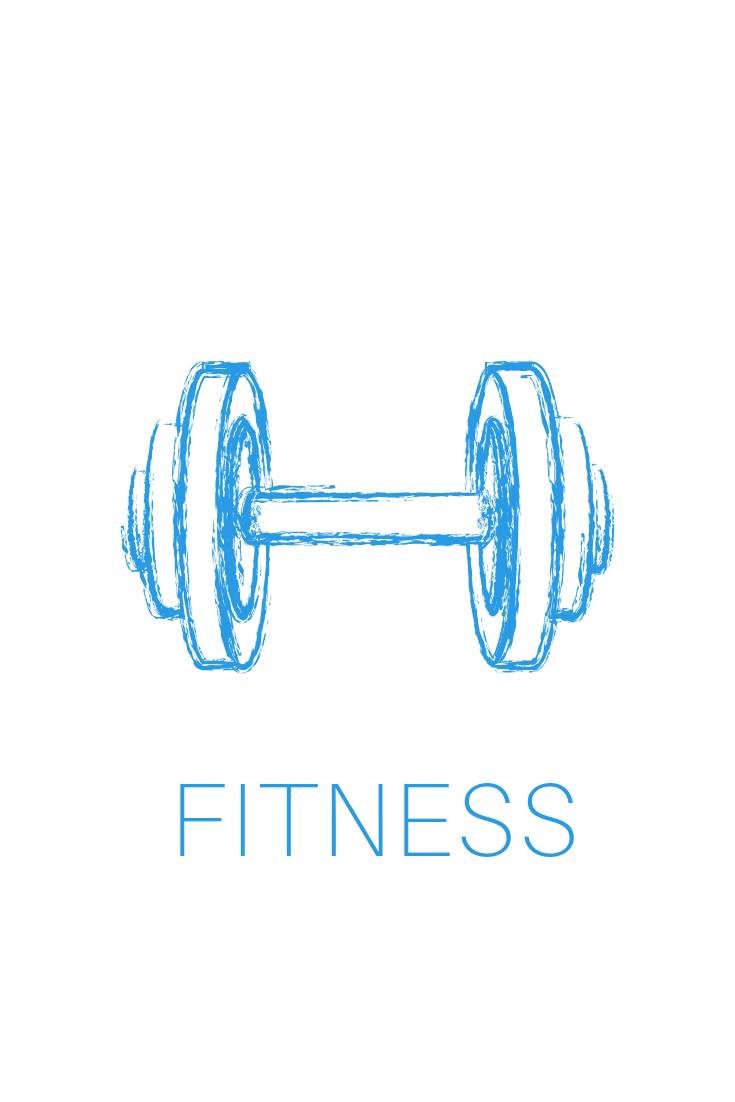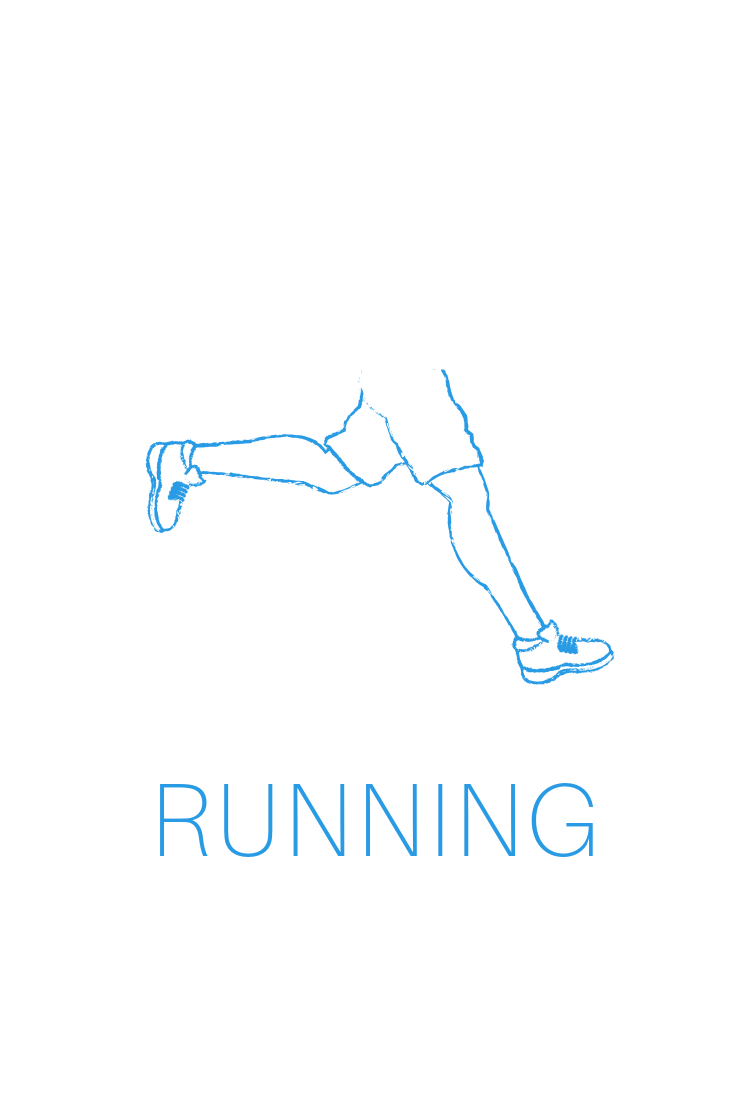How To Be Physically Fit
Physical fitness is a state in which your body has the capacity to perform your daily activities without undue fatigue.
Being physically fit helps us look and feel our best and perform to our potential. Physical fitness can be broken down into 5 components:
Cardiovascular endurance
Muscular strength
Muscular endurance
Flexibility and agility
Body composition
Being truly fit requires balancing the 5 components of fitness and ensuring the body’s systems work in sync without neglecting any of the 5 areas. For example, with their emphasis on developing muscular strength (and size) a body builder may neglect working on cardiovascular endurance. Therefore, although their muscular strength improves, their heart and lungs may not be as strong as they could be. Or a marathon runner may work hard on their cardiovascular endurance but neglect muscular strength which could lead to long term injuries. When planning a well rounded program, it’s important to understand the 5 components of fitness and how essential they are to your health and longevity.
Cardiovascular Endurance
Cardiovascular endurance is your body’s ability to undertake an activity that forces your cardiovascular system to work for an extended period of time. Cardiovascular endurance relys on efficient functioning of your heart, lungs, and blood vessels to transport oxygen to your tissues and carry away metabolic waste products. Physical activity that improves cardiovascular endurance focuses on repetitive, dynamic, and prolonged movements (i.e. for more than 3 minutes) using major muscle groups such as running or swimming. There are a number of ways to test your cardiovascular endurance: The Cooper Run (running as far as possible in 12 minutes), the Step Test and the Beep Test are all effective ways to measure cardiovascular endurance.
Muscular Strength
Muscular strength is the ability of your muscles to exert force during an activity. Having a good level of muscular strength allows us to lift and carry heavy objects, helps prevent injures and allows us to keep up with the demands of daily life. If a muscle is worked consistently and regularly, it will increase in strength. As our day to day life has become more automated, it’s important to find ways to put your muscles through more rigorous activity on a regular basis in order to challenge them. Anything that works your muscle until it is fatigued (tired) will increase its strength over time. When working with heavy weights, staying within the 6-15 repetition range is a good guide, as long as the last rep is difficult. The heavier the weight, the fewer reps you should perform.
In order to measure muscular strength you can perform the 1 RM (one repetition maximum) tests which measure how much weight you can lift in one repetition. These tests require a high level of technique and should only be done with supervision.
Muscular Endurance
Muscular endurance is the ability of your muscles to continue to exert force over extended periods of time without tiring. Rather than just lifting or carrying something for a few seconds, the muscles are required to continue exerting the same force for minutes. Muscular endurance can be improved by placing the muscles under a level of exertion that can be managed for a longer period of time than you would with strength training. For example, using bodyweight movements such as push-ups rather than heavily weighted movements such as a bench press. Or moving between different types of exercises that train the same muscle groups in a circuit style class - for example squats followed by lunges followed by a sprint up a hill. Common exercises that assess muscular endurance include push-ups, sit-ups and chin-ups.
Flexibility / Agility
Flexibility is one of the most important, yet often overlooked, components of physical fitness. Without flexibility, the muscles and joints would grow stiff and movement would be limited. Flexibility training ensures that your body can move through its entire range of motion without pain or stiffness. Agility is linked to flexibility as it is the ability of the muscles and joints to move your body through different planes of motion quickly and efficiently. Improving flexibility and agility involves stretching the muscles and joints and constantly challenging the body to move in different angles by jumping, twisting and moving in active and dynamic ways.
The Sit and Reach test is a simple way to measure flexibility. Agility tests such as the Reactive Shuttle test involve moving your body through a marked circuit as fast as possible.
Body Composition
The last component of physical fitness, body composition, refers to the ratio of fat mass to fat-free mass (i.e. muscles, bones, organs etc) in your body. Overall health generally improves when you have a lower amount of fat mass (or lower percentage of body fat) and higher amount of lean muscle mass.
Calculating body composition can be difficult. Measuring your BMI (body mass index) is one method, however is not entirely accurate as it doesn’t distinguish between muscle and fat mass. Another method is to measure your waist circumference which is also helpful but only takes into account one area of the body (although the fat carried around your middle is much more dangerous to our health than fat carried in other areas of the body).
We do know without a doubt that carrying too much fat is detrimental to our heath and fitness. Increasing lean muscle mass and decreasing fat mass is a powerful way to improve our health and longevity.
In Conclusion
Physical fitness is not all there is to being well. Mental and emotional fitness are also extremely important and need to be given our time and energy. However, the fitter we are in our physical bodies, the more energy we will be able to give to our mental and emotional health.
by Angie Black
ANGIE BLACK
BLOG CATERGORIES:







